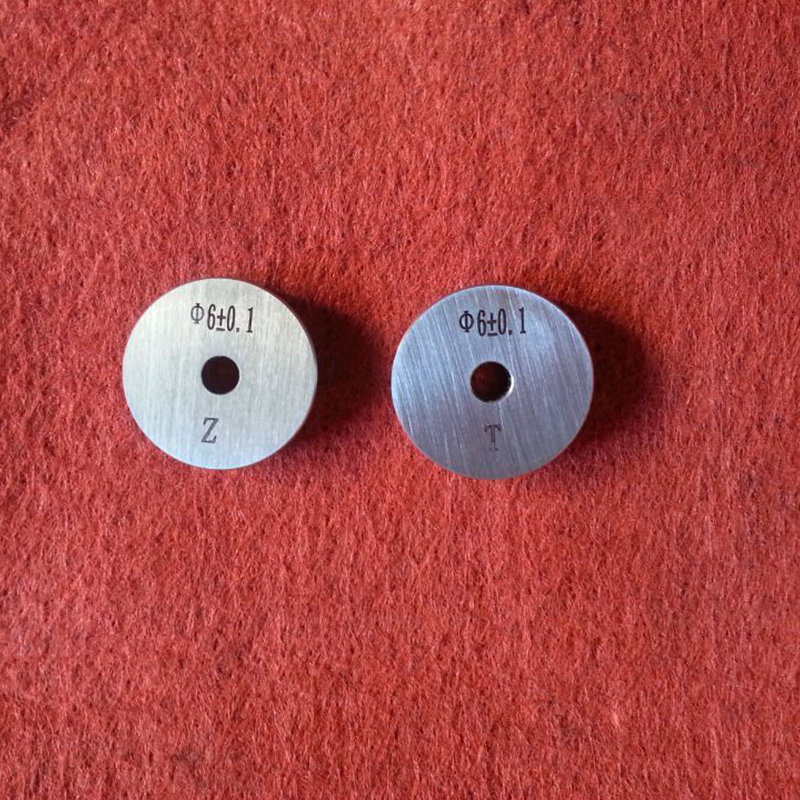Dec . 04, 2024 20:56 Back to list
Different Varieties of Control Valve Technologies and Their Applications
Various Types of Control Valves
Control valves play a vital role in industrial processes by regulating the flow and pressure of fluids. They vary widely in design and application, allowing them to meet diverse operational requirements across different sectors such as oil and gas, water treatment, chemical processing, and power generation. This article explores the various types of control valves, their mechanisms, and applications.
1. Globe Valves
One of the most common types of control valves is the globe valve. These valves are characterized by a spherical body shape that allows changes in fluid flow direction. They are highly efficient for throttling purposes, meaning they can finely adjust the flow rate. Globe valves are suitable for various applications, including steam, water, and gas control. However, their design can result in a higher pressure drop compared to other valve types, which may not be ideal for all situations.
2. Ball Valves
Ball valves are another popular type of control valve recognized for their simple design and quick operation. They use a spherical disc, or ball, to control fluid flow. When the ball's hole is aligned with the pipe, fluid flows freely; when it is turned 90 degrees, the flow is shut off. While ball valves are typically used for on-off control, some variations can also provide throttling capabilities. Their robust construction makes them suitable for handling high-pressure fluids and corrosive substances.
Butterfly valves offer a compact, lightweight alternative for flow control. These valves use a rotating disc to regulate flow, which can be positioned partially or fully open. They are particularly effective in large pipelines and low-pressure applications due to their low pressure drop. Butterfly valves are commonly employed in water treatment facilities and HVAC systems. However, they may not provide the same level of precision as globe or ball valves when it comes to throttling.
various types of control valves

4. Diaphragm Valves
Diaphragm valves are ideal for handling corrosive, viscous, or slurry fluids. They utilize a flexible diaphragm that moves up and down to control flow. This type of valve provides excellent sealing capabilities and minimizes the risk of contamination, making them particularly valuable in pharmaceutical and food processing industries. Diaphragm valves can handle various pressures and provide good throttling characteristics, but may have limitations in high-temperature applications.
5. Check Valves
Though primarily a non-return valve, check valves can serve control functions in certain systems. They prevent backflow and are typically installed in piping systems to protect equipment. There are various designs of check valves, including swing, lift, and diaphragm types. While they are not designed to control flow actively, their ability to maintain unidirectional flow is crucial in many applications, especially in water and wastewater treatment.
6. Pressure Relief Valves
Pressure relief valves are safety devices designed to automatically release pressure when it exceeds a predefined limit. While not control valves in the traditional sense, they play an essential role in maintaining system integrity and preventing catastrophic failures. These valves are commonly used in pressure vessels, boilers, and pipelines to ensure safe operation.
Conclusion
In summary, the selection of a control valve is crucial for optimizing process efficiency, safety, and product quality. Each valve type has its unique features and advantages, making it suitable for particular applications. Understanding the various types of control valves can aid engineers and operators in making informed decisions that align with their operational needs. Whether it is a globe valve for precise throttling, a ball valve for quick shut-off, or a diaphragm valve for sensitive fluids, the right control valve plays a pivotal role in successful fluid management in industrial processes.
-
Y Type Strainer Maintains System Efficiency Long TermNewsJul.15,2025
-
Valve Selection Guide for Industrial ApplicationsNewsJul.15,2025
-
Steel Fab Table Provides Durable Work Surface for WeldingNewsJul.15,2025
-
Pad Iron Provides Stable Support for Heavy MachineryNewsJul.15,2025
-
One Inch Check Valve Fits Standard Plumbing SystemsNewsJul.15,2025
-
Measuring Micrometer Ensures Precise Dimensional AccuracyNewsJul.15,2025
Related PRODUCTS









